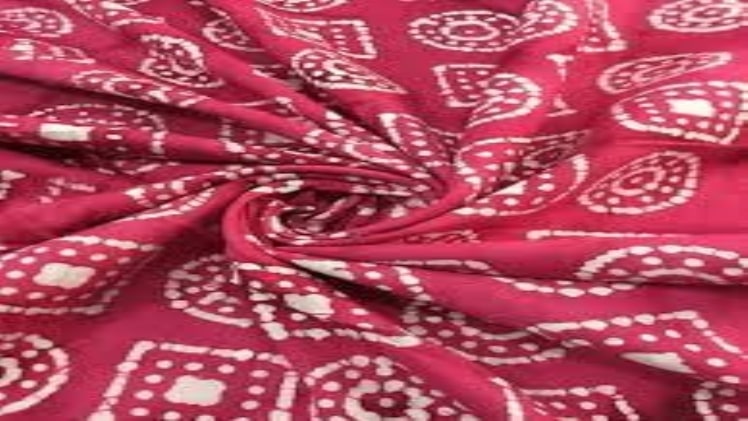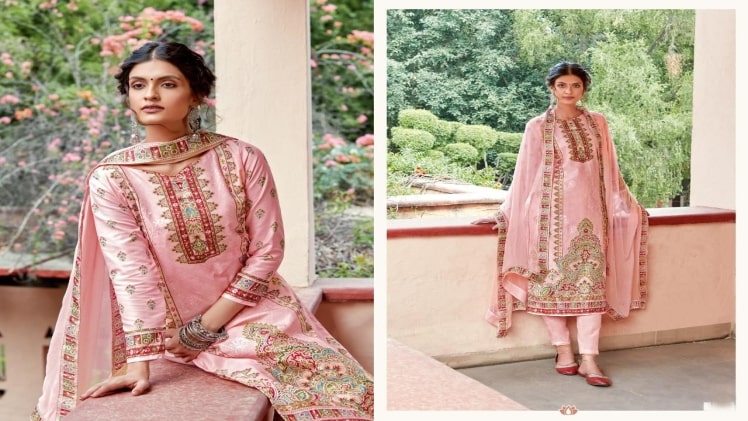Today’s noteworthy trend is the rise of prints and patterns, and they will forever dominate the fashion world. Your outfit becomes more distinctive when you add prints/patterns together. An example of a print & design would be a repeated feature or melody. It is something that predates humanity in almost every respect. Some pieces of fabric include allover prints/patterns or other unmeasured duplicates that prove arbitrary.
This beautiful online shopping textile culture dates back to India’s biggest market for prints and patterns. The designs and patterns are admired worldwide because they are unique and eye-catching. Moreover, the level of craftsmanship used to produce these prints is unparalleled. Each place’s style, process, and techniques have unique characteristics.
The talk has been about these unusual prints and patterns in wholesale dress material lately, and we have watched a lot of celebrities rock these looks. There are various ways to make these designs recognizable once consumed. There has been some progress in the mechanisms behind block prints and patterns, but originally they were immature and unactualized. There is no doubt that the printing business with textile online shopping has endured a whole millennium and that the business is currently flourishing.
The following types of prints and patterns are found in India:
Leheriya print: The Leheriya print comes from Rajasthan, an Indian state known for its tie and dye printing techniques. Fabrics of bright colors possess flickering striped patterns created using resist-dying techniques. As the name suggests, it corresponds to the designs typically created by Leheriya print, diagonal patterns, and chevron waves. Rajasthani sarees with Leheriya prints are extremely popular, but you can also incorporate the print into your daily clothing through dupattas, stoles, and Kurtis through textile online shopping.

Batik print: Using molten wax to print, batik prints are created through a resistance-dyeing technique. A wax coating is applied to sections of the fabric before being dyed. The waxed parts retain their original color and form patterns around the dyed parts. Patterns are repetitive and often decorative with floral and ornamental motifs.
Kalamkari print: With the term Kalam suggesting a pen, Kari being applied, Kalamkari Kurtis can be accurately translated as pen craft. It involves block composition or hand printing, which is done regularly on textiles and represents one of the most beautiful traditional art ideas. There are many patterns based on Indian mythology in this type of textile, including Ramayana and Mahabharata motifs, among the most commonly used.
Shibori print:
Prints from this period date back thousands of years and are derived from the Japanese word ‘shiboru’ for pressing, wringing, or squeezing. Shibori prints are most frequently done in an indigo blue color on cotton cloth. In addition to wrapping, shrinking, and binding the fabric, string, clips, and blocks are used to create exceptional designs.
This season, adding wholesale dress material prints to your wardrobe will be a great addition to your style through textile online shopping since each textile features a different pattern, print, technique, etc. These are all uniquely designed in terms of colors and motifs, and they are available in a wide variety. These wholesale dress material can also be found at the Textile Megastore. There is a wide array of prints to choose from, so you can find the one that suits your personality!

